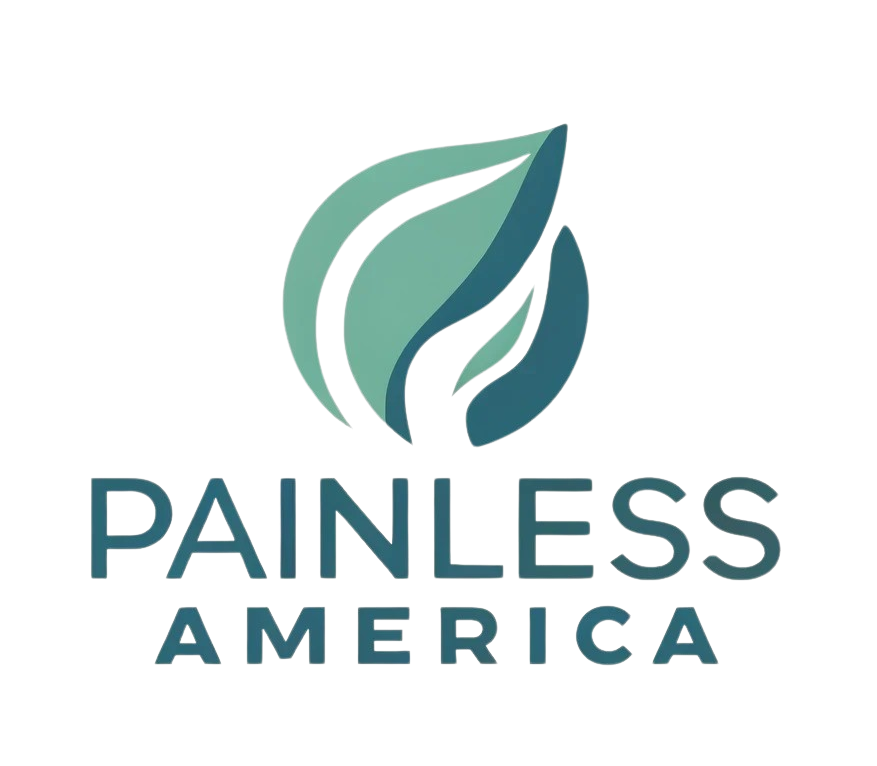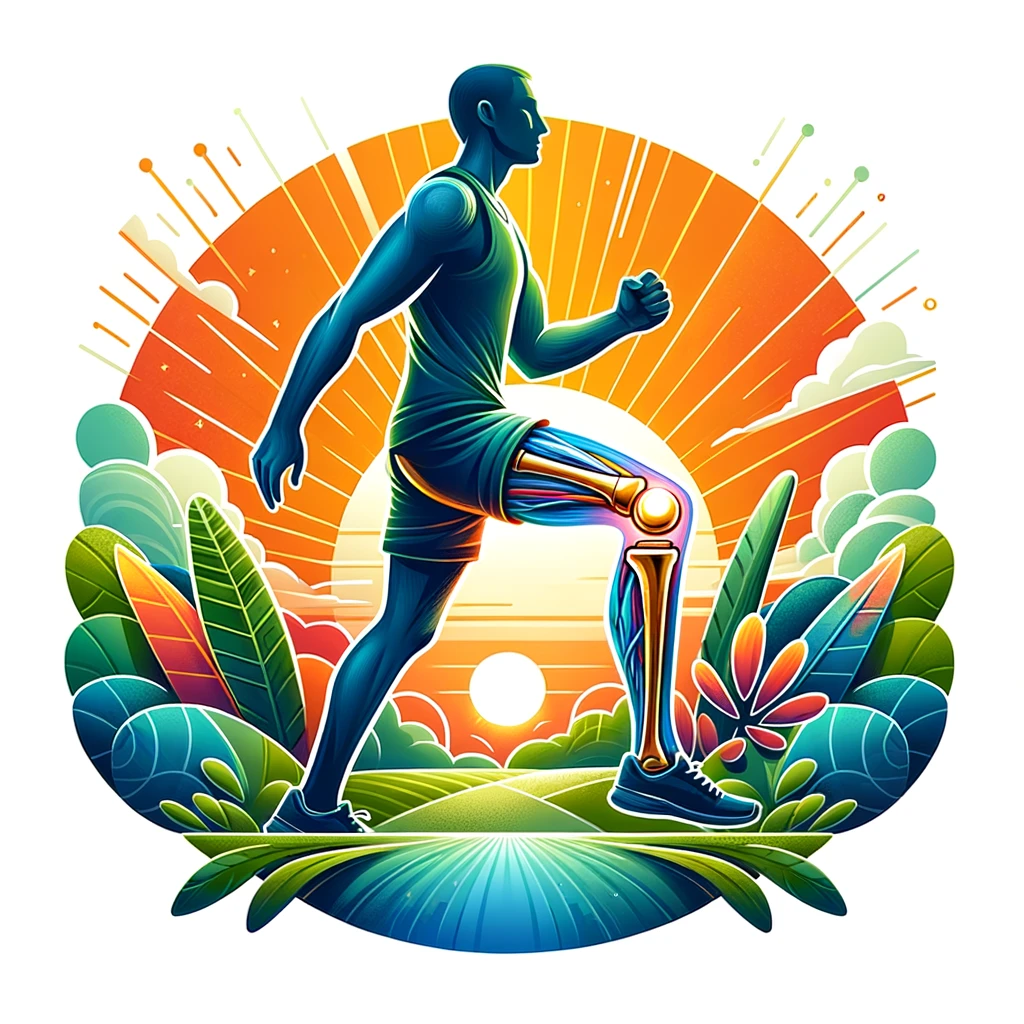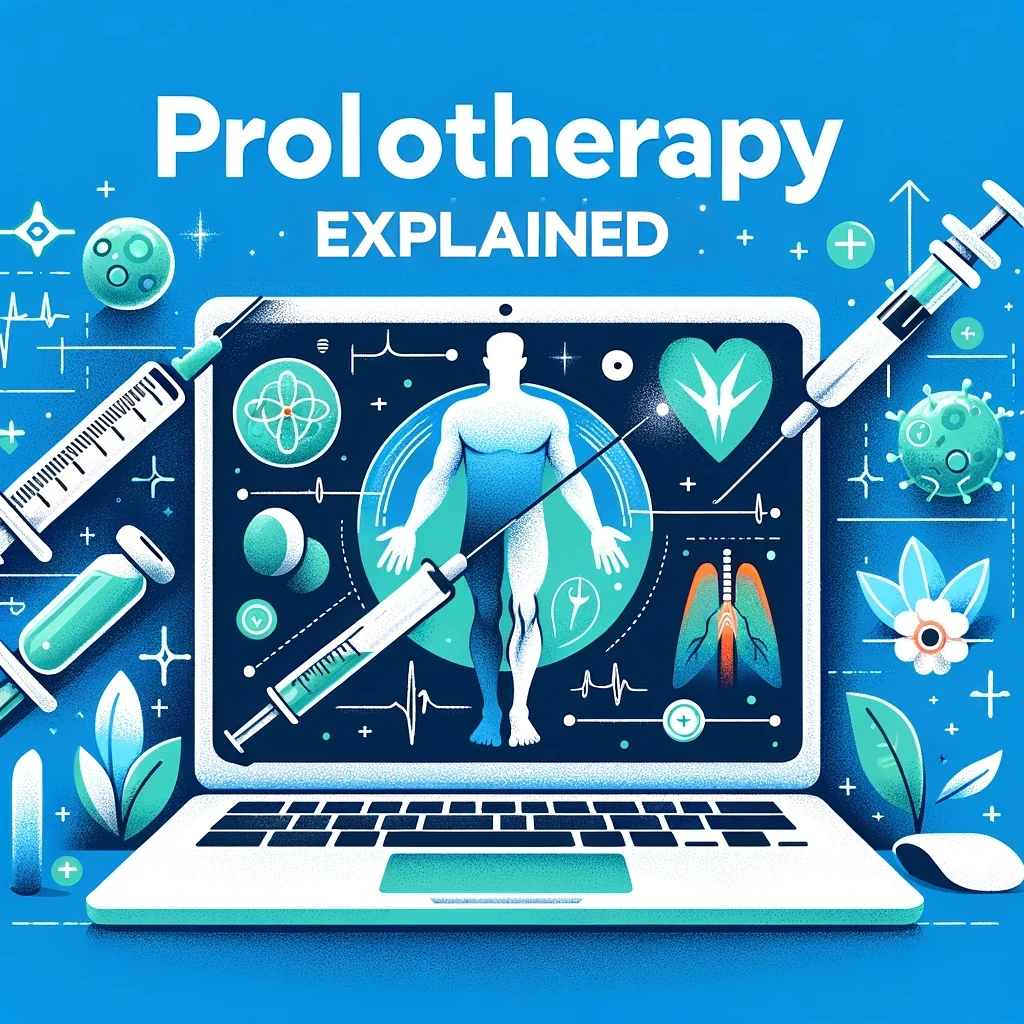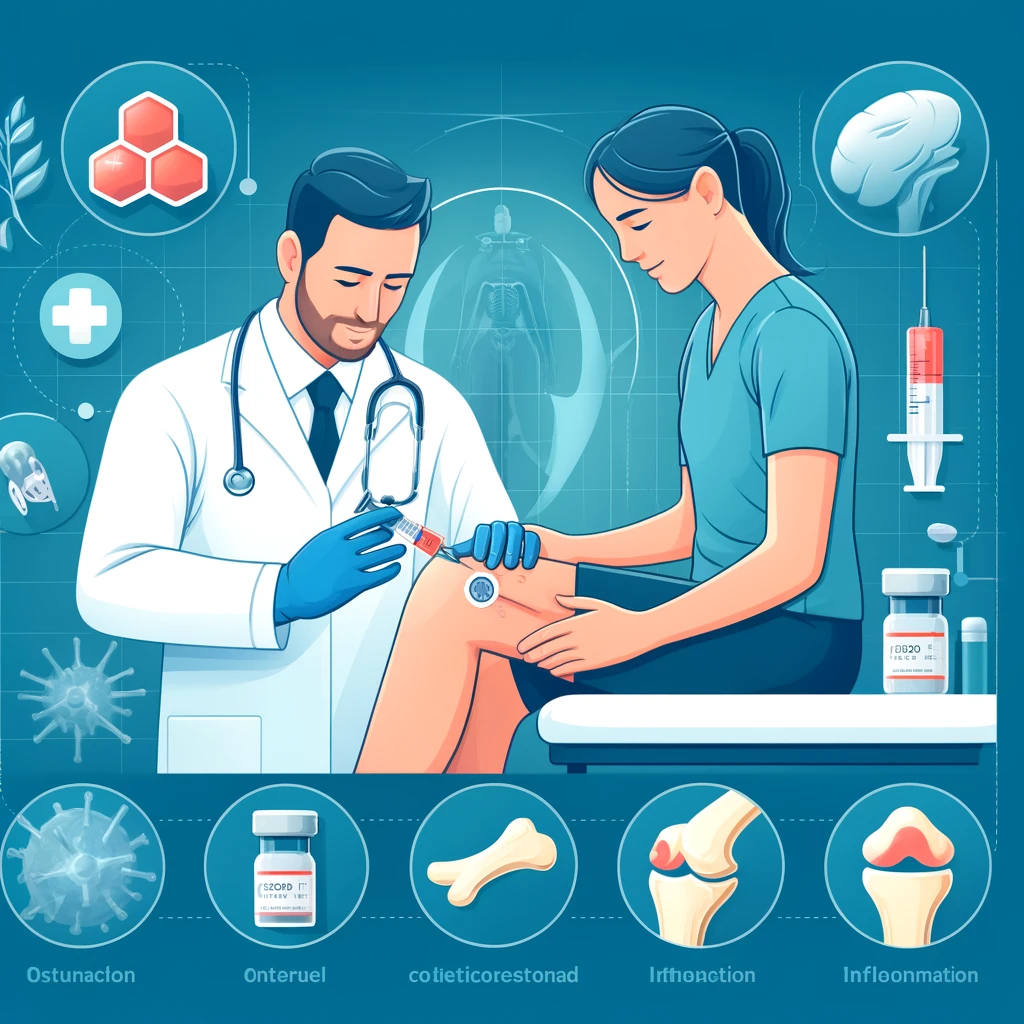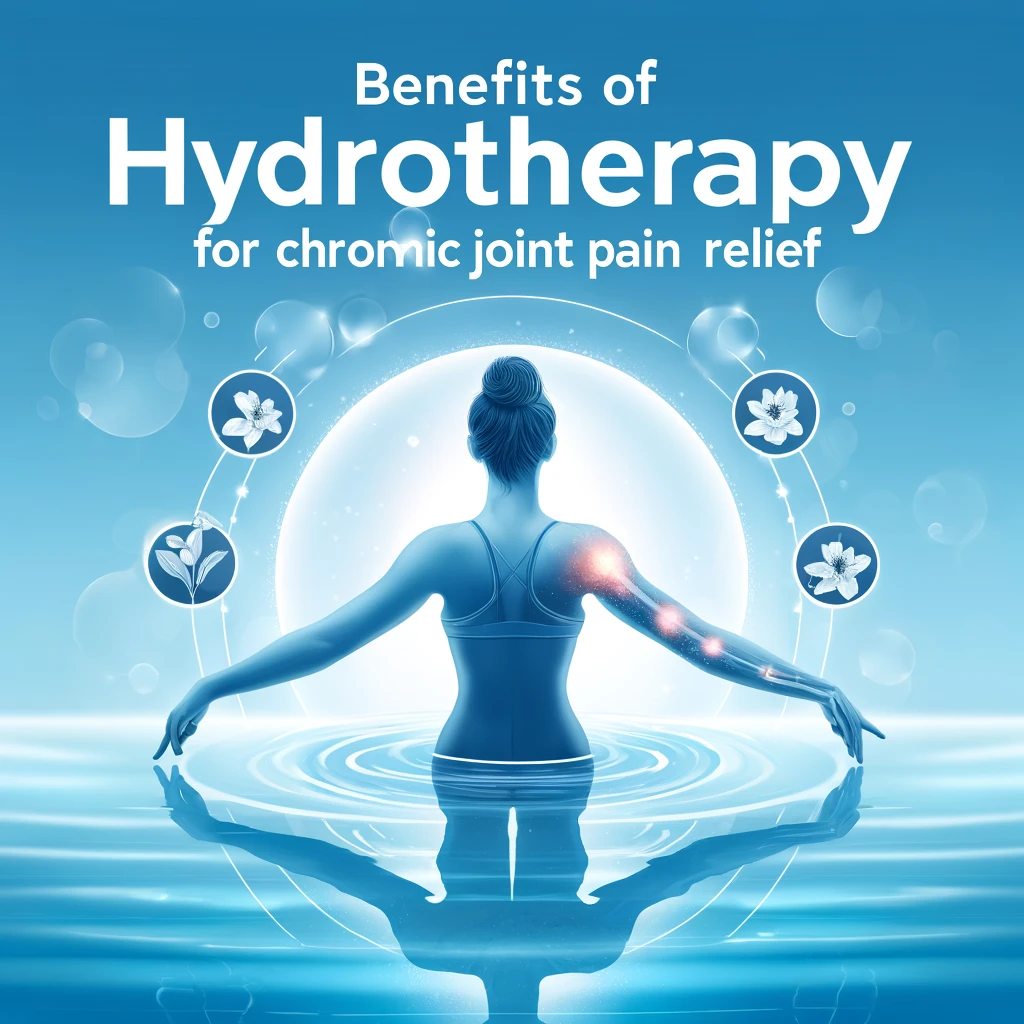
Hydrotherapy, also known as aquatic therapy, is a therapeutic approach utilizing water to relieve pain and improve physical function. For individuals suffering from chronic joint pain, hydrotherapy presents a multitude of benefits that extend beyond conventional treatments. In this article, we will explore the multifaceted advantages of hydrotherapy, diving into how it helps manage joint pain, enhance mobility, and promote overall well-being.
Understanding Hydrotherapy
Hydrotherapy harnesses the unique properties of water, such as buoyancy, temperature and resistance, to create a soothing and rehabilitative environment. The combination of these elements facilitates a reduction in joint stress, providing a supportive medium for exercise and rehabilitation.
Buoyancy and Reduced Joint Stress
One of the primary benefits of hydrotherapy is the buoyant force that water exerts. This buoyancy supports body weight, reducing the impact on joints and allowing for a greater range of motion. For individuals with chronic joint pain caused by conditions like arthritis, this reduction in gravitational pressure translates into less pain and greater comfort during movement.
Buoyancy alleviates pressure on weight-bearing joints, making it easier to perform exercises that might be too painful on land. This aspect of hydrotherapy is particularly beneficial for those with osteoarthritis or rheumatoid arthritis, as it allows for gentle joint movement and muscle strengthening without exacerbating pain.
Therapeutic Temperature Control
The temperature of the water in hydrotherapy can be adjusted to meet specific therapeutic needs. Warm water helps to relax muscles, increase blood flow, and improve circulation. These effects collectively contribute to pain relief and reduced muscle spasm, enhancing the comfort and efficacy of therapeutic exercises.
Warm water immersion increases the elasticity of connective tissues, allowing for more effective stretching and mobility exercises. Conversely, cool water can be used to reduce inflammation and swelling, providing relief for acutely painful or inflamed joints.
Water Resistance for Strengthening
Water provides a natural resistance that can be harnessed for strength training. This resistance is gentle yet effective, providing a challenging environment for muscles without placing undue stress on the joints. Engaging in exercises such as water walking, aquatic aerobics, or resistance training in a pool helps build muscle strength, improve endurance, and enhance overall physical fitness.
The viscosity of water adds an additional layer of resistance, which can be adjusted by varying the speed and intensity of movements. This feature allows for a customizable and scalable approach to exercise, making hydrotherapy suitable for individuals at different stages of their rehabilitation or fitness journey.
Hydrotherapy Techniques for Joint Pain
There are various hydrotherapy techniques that cater to different types of joint pain and patient needs. Below, we outline some of the most effective methods:
Aquatic Exercises
Aquatic exercises are performed in water and include activities such as water walking, aquatic yoga, and Tai Chi. These exercises take advantage of water’s buoyancy and resistance, providing a low-impact workout that enhances flexibility, strength, and cardiovascular health.
Water walking is particularly beneficial for joint pain sufferers, as it mimics natural gait patterns without the harsh impact on the knees and hips. Aquatic yoga combines gentle stretching and balance exercises to improve flexibility and core strength, while Tai Chi focuses on slow, controlled movements that promote joint mobility and balance.
Hydrotherapy Pools
Hydrotherapy pools are specially designed pools that offer controlled environments for therapeutic exercises. They often feature warm water and may include additional amenities such as water jets for massage and adjustable depths for different exercise needs.
These pools provide an ideal setting for comprehensive rehabilitation programs, allowing for the safe and effective performance of various therapeutic activities. The controlled environment minimizes the risk of injury and ensures that exercises can be tailored to individual needs.
Watsu Therapy
Watsu therapy, or water shiatsu, is a form of hydrotherapy that combines elements of massage, joint mobilization, and stretching. Performed in warm water, Watsu therapy involves a therapist supporting and moving the patient through a series of stretches and movements. This technique helps to release tension, improve joint flexibility, and enhance mental relaxation.
Watsu therapy’s gentle, rhythmic movements create a sense of weightlessness and deep relaxation, making it an effective method for reducing pain and improving joint function. The warm water environment further enhances these benefits, providing a calming and supportive setting for therapy.
Contrast Hydrotherapy
Contrast hydrotherapy involves alternating between warm and cool water to stimulate circulation and reduce pain. This technique utilizes the vasodilation and vasoconstriction effects of temperature changes to promote blood flow and reduce inflammation.
By alternating between warm and cool water, contrast hydrotherapy can help to alleviate pain, reduce swelling, and improve joint function. This method is particularly beneficial for managing acute flare-ups of joint pain or inflammation.
Clinical Evidence Supporting Hydrotherapy
Numerous studies have highlighted the efficacy of hydrotherapy in managing chronic joint pain. Research indicates that regular participation in hydrotherapy programs leads to significant improvements in pain levels, joint mobility, and overall quality of life.
Pain Relief and Mobility
A study published in the Journal of Rheumatology found that hydrotherapy significantly reduced pain and improved joint function in individuals with rheumatoid arthritis. Participants who engaged in regular hydrotherapy sessions reported lower pain scores and increased ability to perform daily activities compared to those who did not.
Enhanced Quality of Life
Research from the Archives of Physical Medicine and Rehabilitation demonstrated that hydrotherapy improved both physical and mental aspects of health in patients with chronic joint conditions. The study showed enhancements in pain management, mental well-being, and social interaction, contributing to a higher quality of life.
Incorporating Hydrotherapy into Joint Pain Management
To effectively integrate hydrotherapy into a joint pain management plan, it is essential to consider individual needs and goals. Consulting with a healthcare provider or a physical therapist can help to design a personalized hydrotherapy program that aligns with specific therapeutic objectives.
Finding the Right Facility
Choosing a suitable hydrotherapy facility is crucial for maximizing the benefits of aquatic therapy. Look for centers with certified therapists, well-maintained equipment, and a variety of hydrotherapy options. Facilities that offer personalized sessions and have experience working with joint pain conditions can provide tailored support and guidance.
Setting Realistic Goals
Establishing clear and realistic goals for hydrotherapy can enhance motivation and track progress. Whether the aim is to reduce pain, improve joint function, or increase overall fitness, setting achievable milestones can help maintain focus and measure success.
Consistency and Adaptation
Regular participation in hydrotherapy sessions is key to achieving long-term benefits. Consistency in therapy routines, combined with adjustments based on progress and changing needs, can ensure ongoing improvements in joint health and pain management.
Conclusion
Hydrotherapy offers a holistic and effective approach to managing chronic joint pain, leveraging the natural properties of water to provide pain relief, improve mobility, and enhance overall well-being. Its versatility and adaptability make it a valuable component of comprehensive joint pain management strategies. By incorporating hydrotherapy into a structured rehabilitation program, individuals can experience significant improvements in their quality of life.
